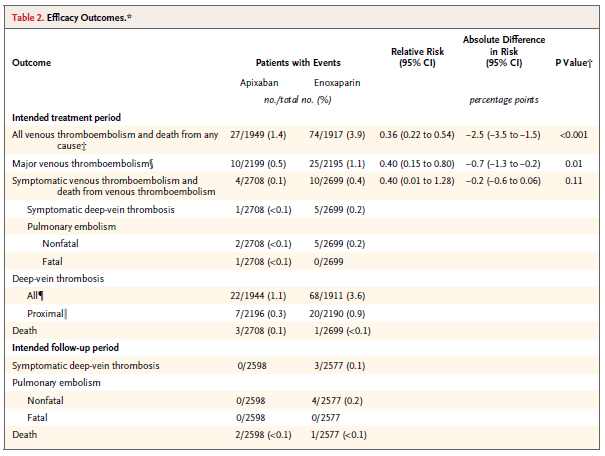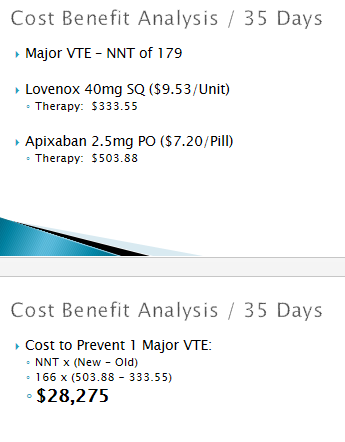Briefly, @walterlekh and others in the #OSINT community. Question about usage of #nerve agents (more likely than blister or irritant) and how to protect oneself. Carbon filters are essentially the best barriers available on the ground (car air filters for example).
🧵
🧵

#Organophosphate poisoning is punctuated by “excessive parasympathetic” nerve tone - think the “rest and digest” but in overdrive. This causes excessive salivation, bronchoconstriction (wheezing), lacrimation (tearful), airway secretions, flushing, diarrhea, vomiting, … 





…muscle tremors, constricted pupils, sweating, and confusion. The first symptoms are usually salivation (makes sense; quickest to react). Treatment is atropine and 2-PAM Chloride (see Mark I Kit). 

How can you protect yourself? Honestly, we don’t know how effective these are in this day and age with ubiquitous mask usage (it’s AT LEAST a barrier). My homemade masks have a pocket to put in a carbon filter if needed. I had this made since I was one of our first COVID docs. 





Carbon filters, if not available, can be cut from car air filters, maybe some central air units, or frankly purchased in bulk. It’s more effective than nothing.
amazon.com/Resinta-Activa…
amazon.com/Resinta-Activa…
Some enterprising individuals might consider crushing up some charcoal and pancaking non-carbon filters in these to at least provide some absorption (like, maybe a shirt, mask, whatever). You can even purify water with charcoal 🤷🏻♂️! 



Most nerve agents are heavier than air and will layer towards the ground, possibly going into bomb shelters, basements, etc. Good ventilation is always necessary (also for general hygiene and prevention of respiratory pathogens).
osha.gov/emergency-prep…
osha.gov/emergency-prep…
In a post-COVID world, we don’t know how effective these agents are, but it’s best to provide adequate protection when and if necessary.
Lastly, I received this letter when I was deployed once. Don’t send letters like this. I’ve saved it for years 🤣. 

@RealCynicalFox @jon96179496 @sentdefender @Osinttechnical @OSINTEng @int_osic @GrammarDomin8rx @qossofficial
• • •
Missing some Tweet in this thread? You can try to
force a refresh












